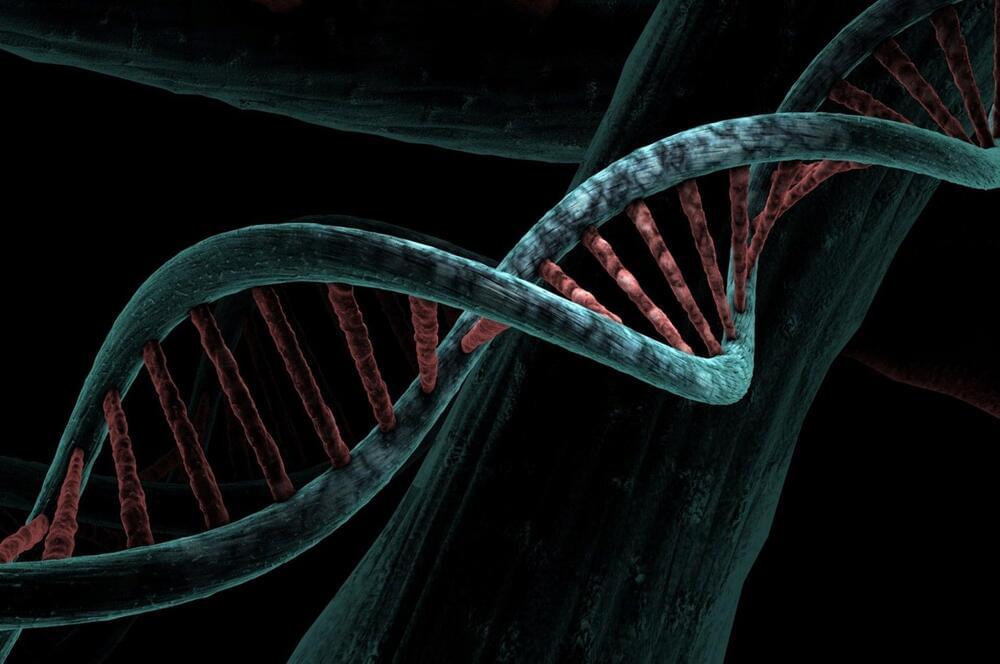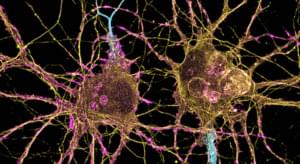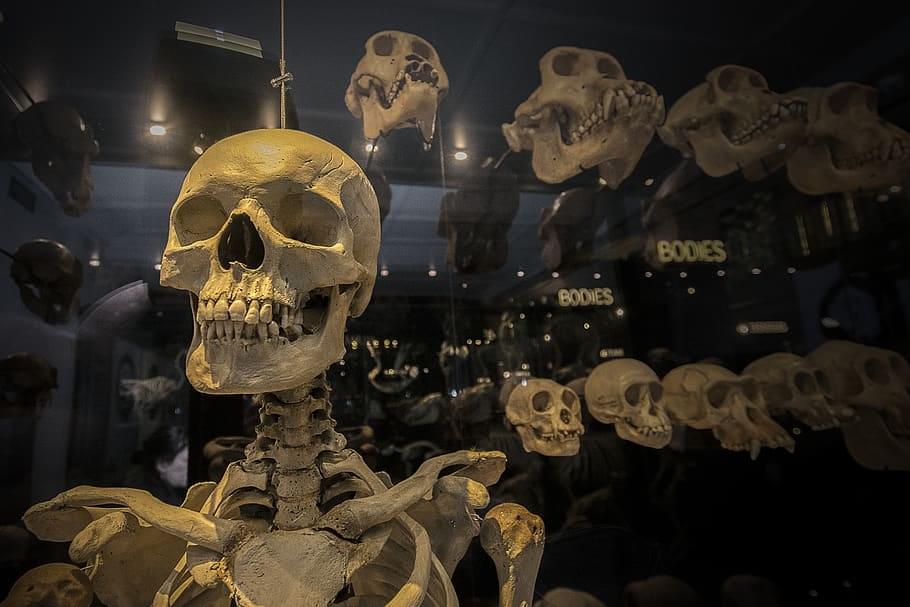University of Notre Dame researchers have discovered another way tumor cells transfer genetic material to other cells in their microenvironment, causing cancer to spread.
In their latest study, published in Cell Reports, Crislyn D’Souza-Schorey, the Morris Pollard Professor in the Department of Biological Sciences, and collaborators discovered that DNA “cargo” is transported in small informational sacs called extracellular microvesicles. Their study is a continuation of work her lab has undertaken to further understand the sharing of information between cells.
“We’ve shown that DNA present in these microvesicles is related to metastasis, so now we have a great platform to assess for genetic aberrations,” said D’Souza-Schorey, who is also affiliated with the Berthiaume Institute for Precision Health, the Boler-Parseghian Center for Rare and Neglected Diseases and the Harper Cancer Research Institute.








